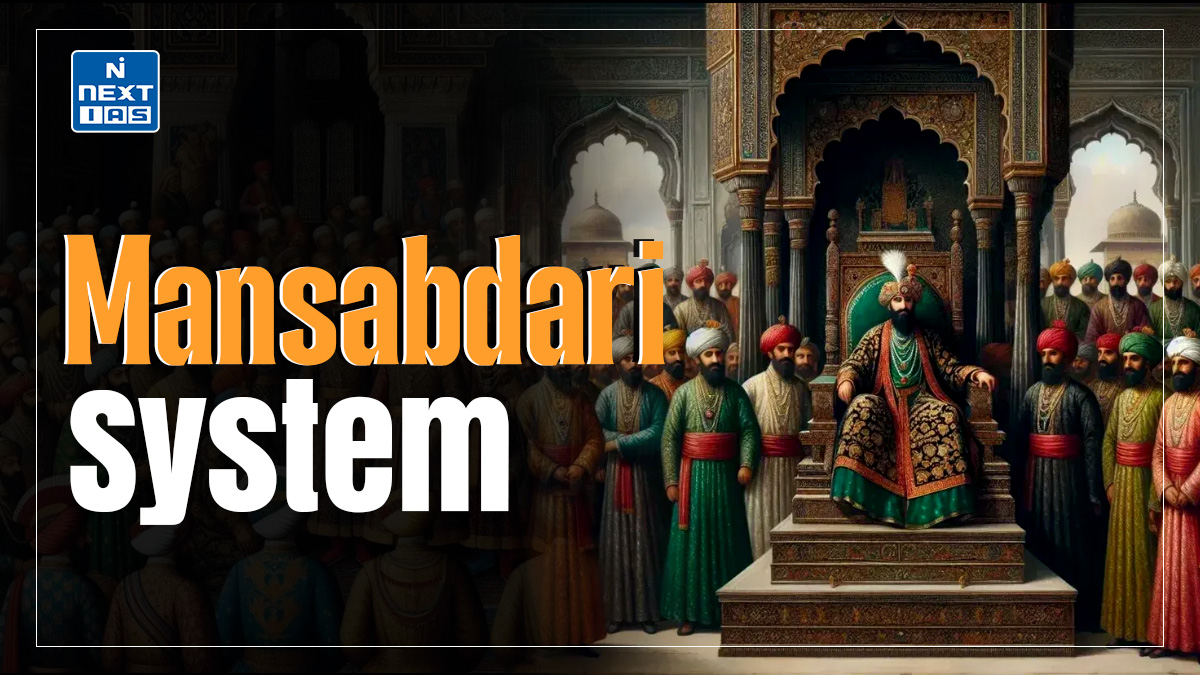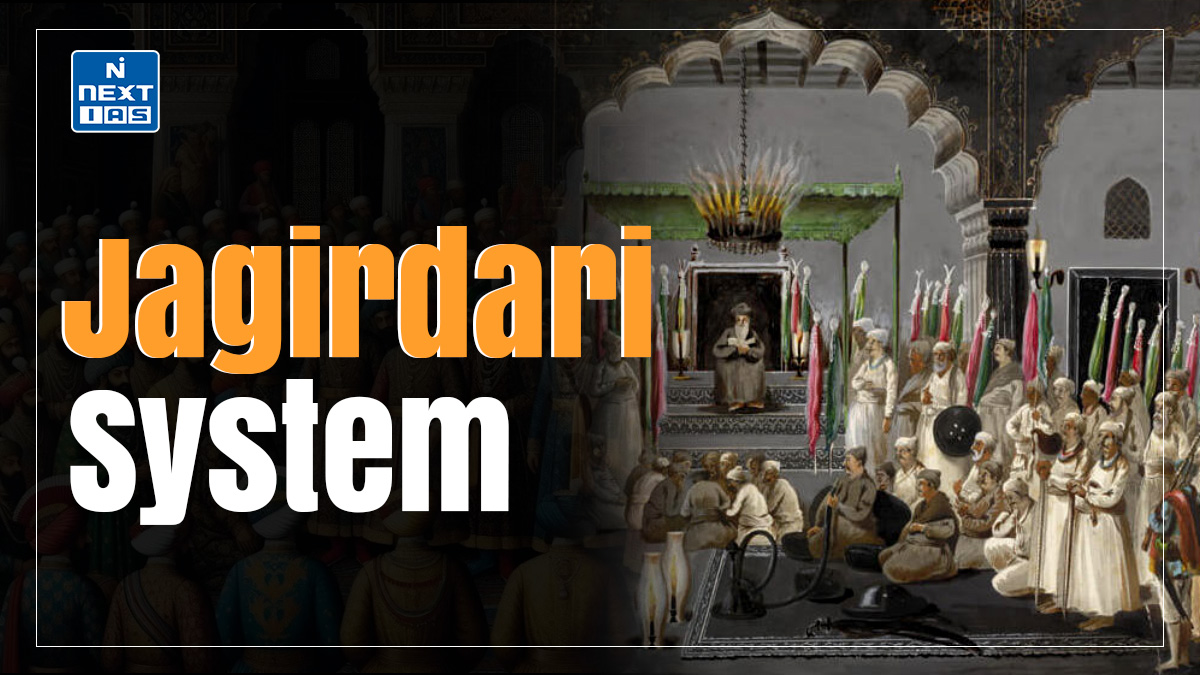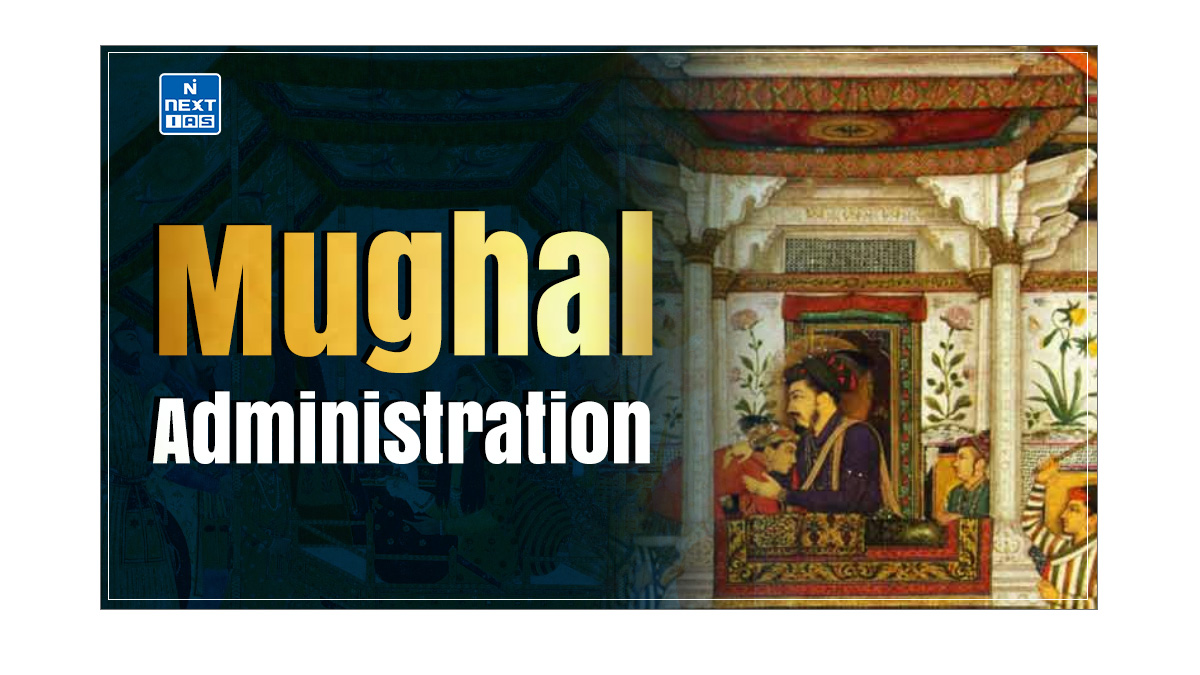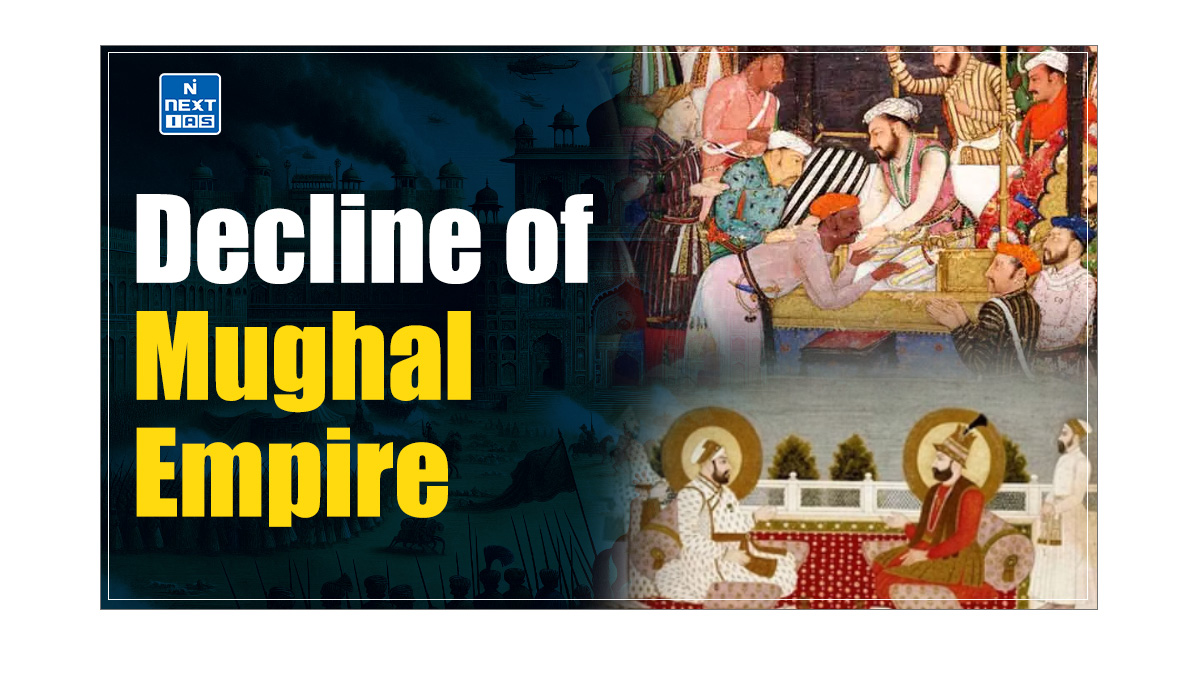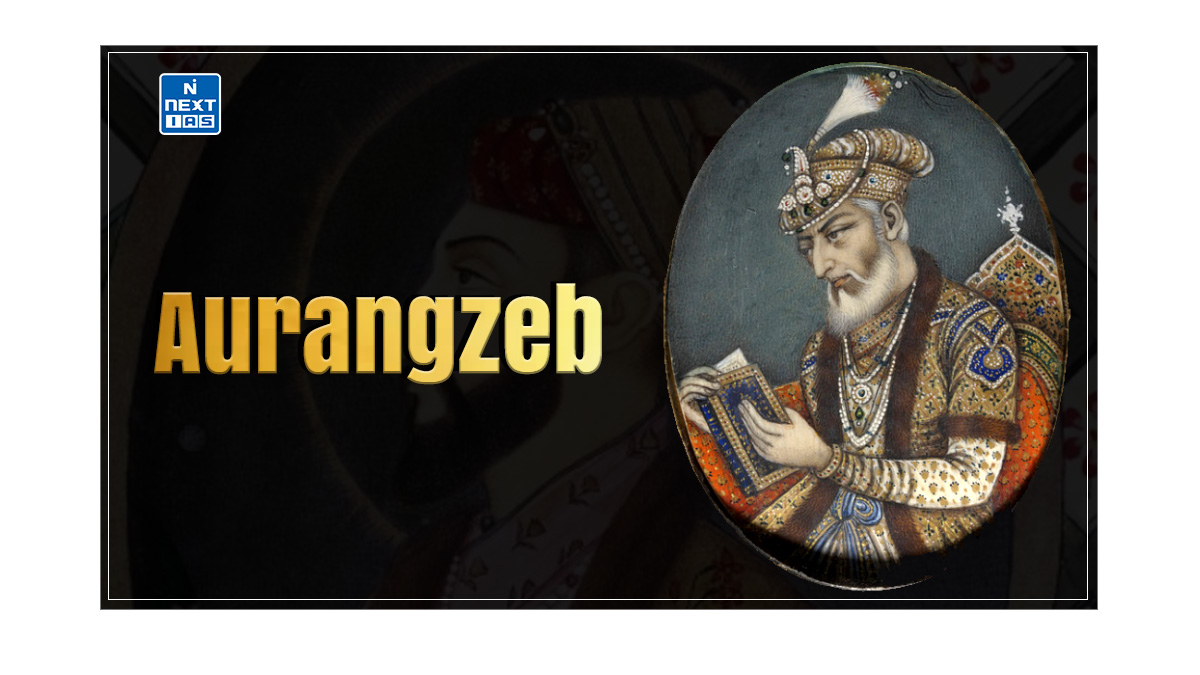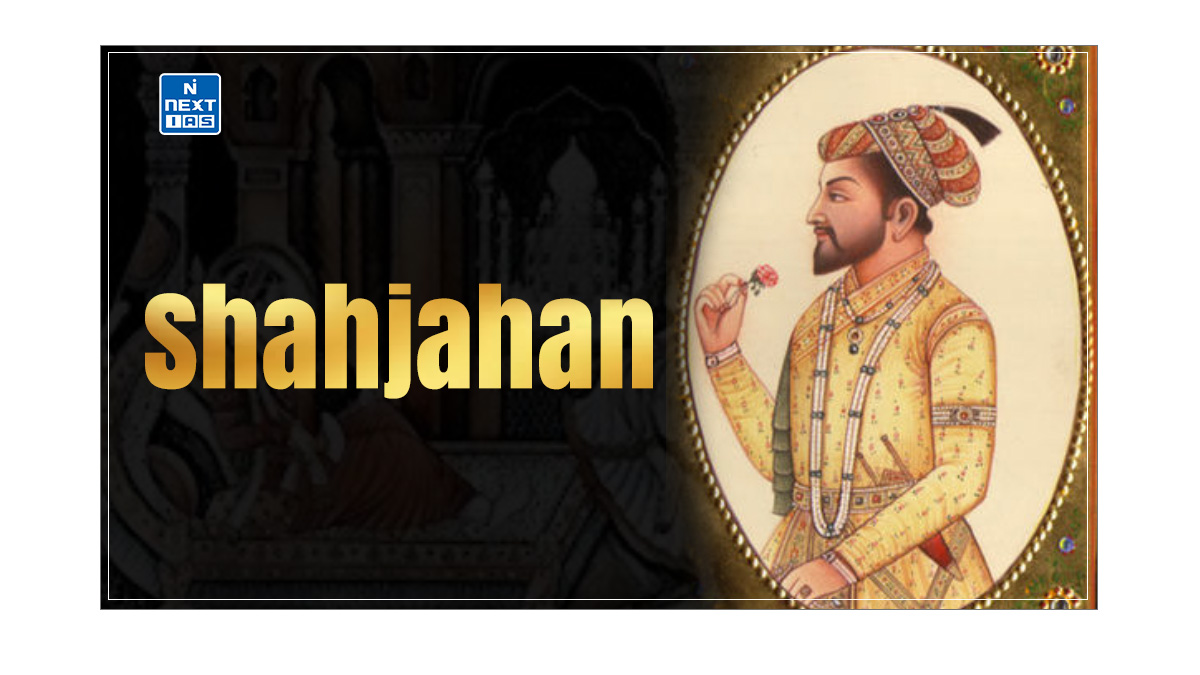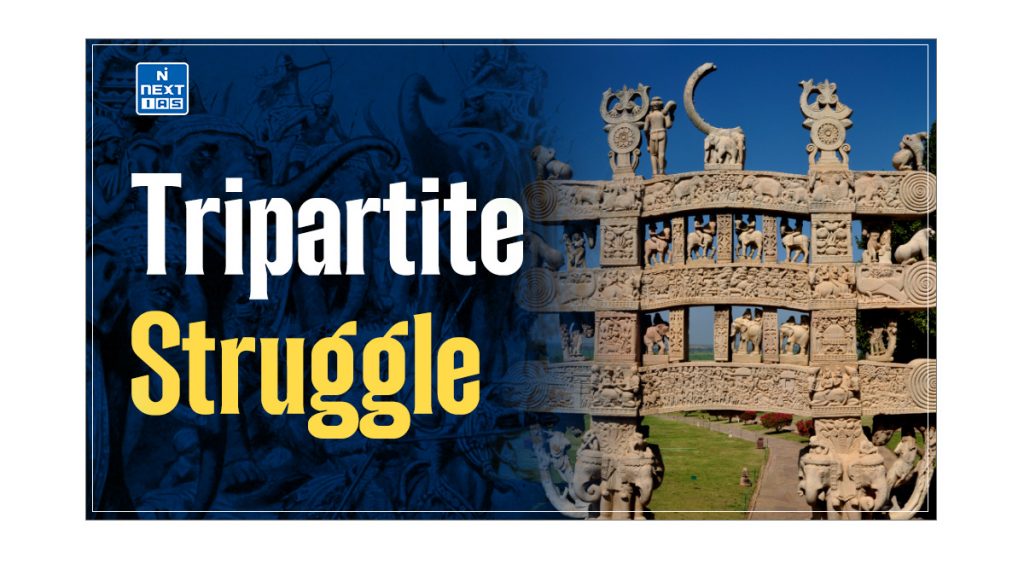
The Tripartite Struggle refers to the intense rivalry among three prominent medieval Indian dynasties, the Palas, the Pratiharas, and the Rashtrakutas, spanning roughly from the 8th to the 12th centuries. This struggle significantly shaped northern and central India’s political landscape and cultural developments, influencing the region’s history for centuries to come. This article aims to study in detail the historical context, key players, factors influencing the struggle, and its consequences, highlighting the legacies of these influential dynasties.
What is Tripartite Struggle?
- The Tripartite Struggle in medieval India represents a fascinating chapter of political rivalry and cultural interplay among three prominent dynasties: the Palas, the Pratiharas, and the Rashtrakutas.
- This period, which lasted roughly from the 8th to the 12th centuries, was marked by fierce competition for dominance in northern and central India, shaping the region’s political landscape and cultural developments.
- Understanding the dynamics of this struggle provides valuable insights into the complexities of medieval Indian history.
Historical Context of Tripartite Struggle
- The decline of the Gupta Empire in the 6th century led to a power vacuum in northern India, resulting in the emergence of regional powers.
- The ensuing chaos allowed various dynasties to carve out territories, paving the way for the rise of the Palas, Pratiharas, and Rashtrakutas.
- Socio-economic conditions varied during this period. Agriculture, complemented by trade and the emergence of urban centres, formed the backbone of the economy.
- The competition for resources, trade routes, and strategic locations became a central theme in the power struggles among these dynasties.
Key Players in Tripartite Struggle
The key players in the Tripartite Struggle can be seen as follows:
The Palas
- The Pala dynasty emerged in the 8th century under the leadership of Gahadavala rulers, most notably Dharmapala and his successor, Devapala.
- Palas have established their power in what is now Bihar and Bengal, promoting Buddhism and patronising educational institutions like Vikramshila University.
- Under their rule, the Palas became a cultural hub, contributing significantly to art, literature, and architecture.
Read our detailed article on the Palas Dynasty.
The Pratiharas
- The Pratiharas, founded by Nagabhata I, rose to prominence in western India. Mihira Bhoja, one of their most celebrated rulers, expanded their influence across a vast territory, encompassing parts of modern-day Rajasthan and Gujarat.
- The Pratiharas played a crucial role in the resurgence of Hinduism during a time when Buddhism was still influential.
- Their patronage of temples and cultural activities solidified their position as defenders of Hindu tradition.
Read our detailed article on the Gurjara Pratiharas Dynasty.
The Rashtrakutas
- Originating from the Deccan region, the Rashtrakutas rose to power in the 8th century under leaders like Dantivarman and later Amoghavarsha.
- They expanded their influence into southern and western India, becoming a significant regional force.
- The Rashtrakutas are renowned for their architectural achievements, such as the stunning rock-cut Kailasa temple in Ellora, showcasing their artistic and engineering prowess.
Read our detailed article on the Rashtrakutas Dynasty.
Factors Influencing the Tripartite Struggle
Political Factors
- Each dynasty’s leadership styles and administrative strategies greatly influenced the outcomes of conflicts.
- The Palas, for instance, relied on a well-organized bureaucracy and an emphasis on education, while the Pratiharas utilised a feudal system to strengthen local loyalties.
Economic Factors
- The economic foundations of these empires were vital for their military campaigns.
- Control over fertile agricultural lands and trade routes provided the resources needed to sustain their armies and administrative structures.
- The Rashtrakutas, in particular, benefitted from their control of lucrative trade routes linking the Deccan to northern India.
Cultural and Religious Factors
- Religion played a significant role in legitimising power.
- The Palas promoted Buddhism, while the Pratiharas emphasised Hinduism.
- This religious rivalry influenced cultural patronage, with each dynasty supporting the arts and architecture to bolster its claims to authority.
Consequences of Tripartite Struggle
- The tripartite struggle had profound consequences for all three dynasties.
- The Palas eventually faced decline due to external pressures and internal strife, leading to significant territorial losses.
- However, their contributions to Buddhism and education left a lasting legacy in Bengal and Bihar.
- The Pratiharas experienced a similar trajectory, rising to prominence but ultimately declining due to continuous conflicts and the emergence of new regional powers.
- Despite this, their role in the cultural resurgence of Hinduism solidified their place in history.
- While initially dominant, the Rashtrakutas faced challenges from emerging regional powers, leading to a gradual decline.
- Yet, their architectural innovations and contributions to Kannada literature have left a lasting impact on Indian culture.
Conclusion
The Tripartite Struggle among the Palas, Pratiharas, and Rashtrakutas is a testament to the complexities of medieval Indian history. Understanding this period reveals the interplay of power, culture, and religion, showcasing how these dynamics shaped the socio-political fabric of the region. The legacies of these dynasties continue to resonate in modern India, highlighting the enduring significance of their contributions to art, literature, and religious thought.
Frequently Asked Questions (FAQs)
What is Tripartite Struggle?
The Tripartite Struggle refers to the conflict among three major powers—the Gurjara Pratiharas, the Rashtrakutas, and the Palas—over control of northern India from the 8th to the 10th centuries.
Who were the parties involved in the Tripartite Struggle?
The Gurjara Pratiharas, the Rashtrakutas, and the Palas are the parties involved in the Tripartite Struggle.
What were the effects of the Tripartite Struggle?
The struggle led to significant political instability, the decline of regional powers, and a shift in control over trade routes, ultimately paving the way for new dynasties to emerge in northern India.
